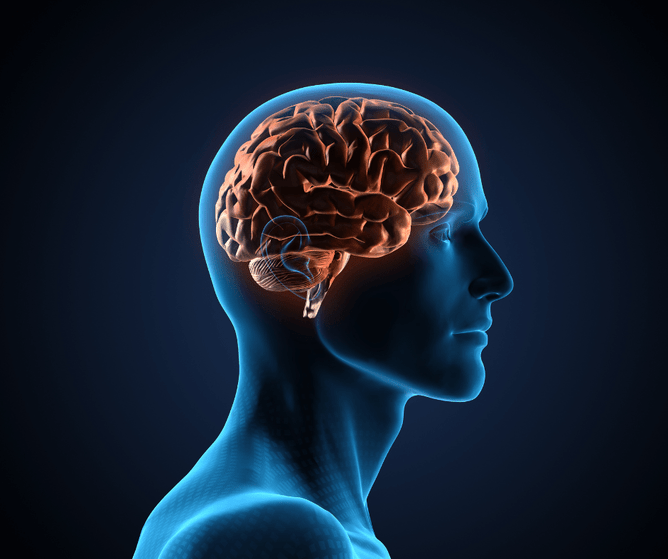No one really wants to be in pain. This is understandable because it is unpleasant. But it does have its purpose and now that we are understanding so much more of what it involves, this allows us to reconsider our beliefs around it.
Pain is complex. However having a basic understanding of the physiological foundation for pain is a great start. Understanding pain physiology will change the way we think about pain, reduce its threat value by empowering us and improve overall management of pain. It’s time we equipped ourselves with more knowledgeable and more efficient tools to tackle this epidemic!
Our misconceptions around pain
Here’s a little questionnaire for you. If you answer yes to more than 3 of these questions, you are part of the majority of people (and myself until a few years ago) who have misconceptions about pain.
When you are in pain, do you think that a health practitioner is going to fix you or cure the pain? Yes/No
Do you think that pain relief is necessary before you can become active again? Yes/No
Do you often take a drug to “take the edge off” the pain? Yes/No
Do you think that increased pain means that you have injured yourself, or made the injury worse? Yes/No
Do you often think that doctors have missed something, or that you need more investigations to explain your pain? Yes/No
Do you think that if an x-ray or MRI/CT scan show an anatomical pathology, then that is what is causing your pain? Yes/No
Purpose of it - Why do we experience pain?
Pain is everywhere. You are not alone. Right now, there are about 20 percent of people on this planet who have pain that has persisted for more than 3 months. Why is it that way?
Let’s talk about the basics for a minute. We classify pain as acute or persistent/chronic pain.
Acute pain: This is the pain when you get a paper cut on your finger, or you just put your finger on the pan that was really hot. Pain is useful in this situation because your brain detects the action as a threat and as a response retrieves the finger from the threat. Once the threat has disappeared, the tissues are left to heal and each tissue has a specific healing rate.
Persistent pain: When pain persists and feels like it is ruining your life, it is hard to see its purpose. But even when pain has been around for years and years, it is still there and nasty because the brain has concluded that there is threat or danger and that you need protecting-the trick is finding out why the brain has come to the conclusion.
Complexity of pain-it is multifactorial
Yes, we are right in the middle of a huge paradigm shift where our clinical knowledge about what’s happening in your tissues is only ONE part of the whole pain experience. In fact, by knowing what is happening physiologically in your tissues, I simply can’t predict how much pain you are experiencing!
But it is the BRAIN and the brain only that decides whether something hurts or not, 100% of the time, with absolutely NO exceptions. He is the boss.
Nerve signals get sent to the brain when a peripheral tissue is injured. The brain then checks with your memory centre, emotional centre, sensory centre, fear conditioning and motor centres and many many more in the brain to only THEN release an output of pain that can be intensified or reduced. Isn’t that amazing?! You have to check in with the boss first before you actually feel the pain.
What can we do about it?
Consult with your osteopath and get an idea of how long it will take for your injured tissues to heal (acute pain) or how long it should take for there to be a change (persistent pain). Manual therapy itself is a tool that sends signals to your brain telling it that it is safe, and not a threat.
Think positively-
‘this pain that I am experiencing is here for a purpose’,
‘my pain might be quite bad for a while, but it doesn’t mean it will be there forever’
‘I am in control, I can find ways to manage this’
‘if this has happened because of an underlying cause eg. posture, I will do something about it to avoid this happening again’
Use relaxation techniques eg. Yoga, mindfulness, meditation are all beneficial for decreasing the neurological sensitisation in the area, that may be increasing your perception of the pain
Move-keep mobile, our bodies are designed to move! Even if you are in a little bit of pain, stay mobile.
Desensitise the central nervous system (the brain, the boss)-this can be done through all of the above
All these strategies help to de-threaten the value of pain. They help you overcome fear of movement and send constant signals back to the brain that it is OK to be in a little bit of pain.
“Everyone can understand the basics around pain science. And it is our role as osteopaths to educate patients about this. It needs to be a team effort between the osteopath and the patient. We need to figure out why the brain is still seeing a healthy tissue as a source of pain, ie beliefs around pain, previous trauma, previous emotional experiences and work on developing management strategies around that”
How can I tackle chronic pain?
Watch this 5min video about pain: https://www.youtube.com/watch?v=C_3phB93rvI
Ask your registered osteopath for more information about the science behind pain
Develop a <Pain Plan> addressing all aspects of the pain experience (medical, emotional, diet and lifestyle, exercise)
Don’t be put off by set-backs, changing habits take time
References:
Explain Pain, 2nd Edition. Butler D & Moseley L. 2013
Manage your pain, 3rd Edition. Nicholas M, Molloy A, Tonkin L & Beeston L. 2011






